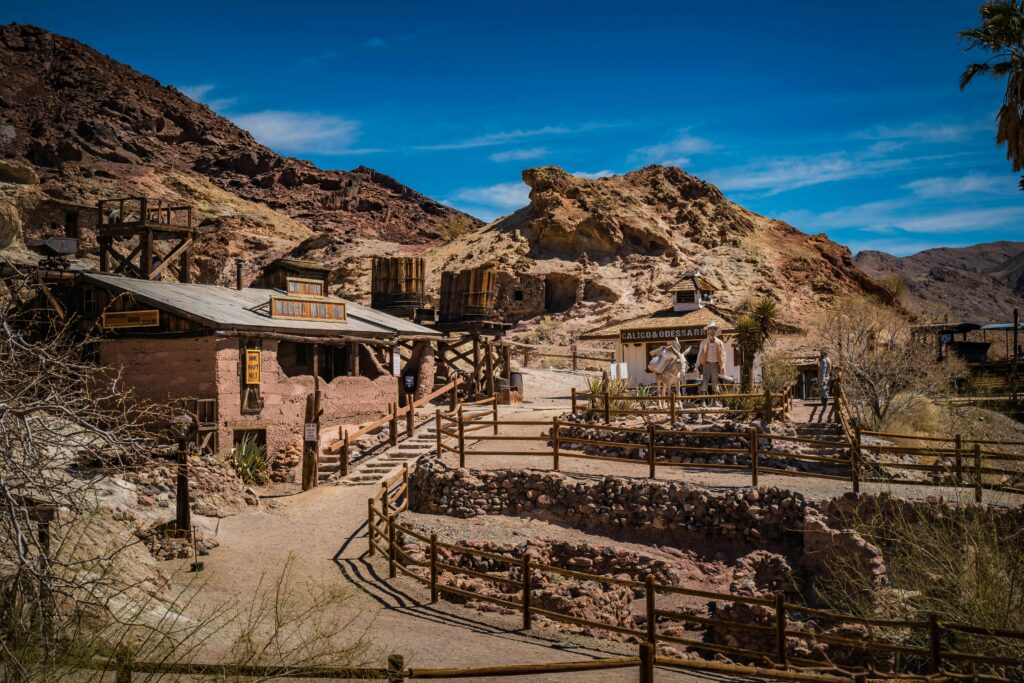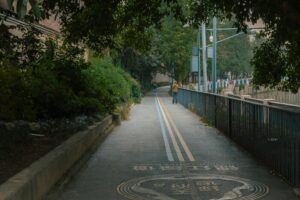
In the heart of Chile’s Atacama Desert, one of the driest regions on Earth, something remarkable is happening. The long-abandoned mining town of Camarones, once left behind by the collapse of the copper boom, is humming back to life not with industry, but with innovation.
Thanks to a coalition of Chilean universities, global climate grants, and some bold local visionaries, Camarones is transforming into a self-sustaining desert lab for post-carbon living.
💡 From Dust to Data: Reinventing the Remote
At the center of the revival is solar power plentiful in the sun-drenched Atacama and a cutting-edge desalination plant that turns briny groundwater into clean, drinkable water. Microgrids, powered by the desert sun, now keep the lights on 24/7 without a drop of fossil fuel.
But this isn’t just an engineering feat. A slow but steady wave of artisans, farmers, and remote workers are repopulating Camarones. They’re bringing life to old adobe buildings, cultivating drought-resistant crops, and opening Wi-Fi cafés where dusty taverns once stood.
“If we can bring life back here, we can do it anywhere,”
said Sofía Ramírez, the renewable energy engineer leading the project.
🏜️ A Template for Tomorrow?
Camarones is more than a desert town reboot. It’s fast becoming a blueprint for sustainable living in extreme environments. With rising temperatures, water scarcity, and energy instability affecting more regions worldwide, Camarones offers a compelling preview of how communities might survive and thrive in a climate-stressed future.
Imagine an Earth where the places once abandoned become the innovation hubs of tomorrow. Camarones is already writing that chapter.







